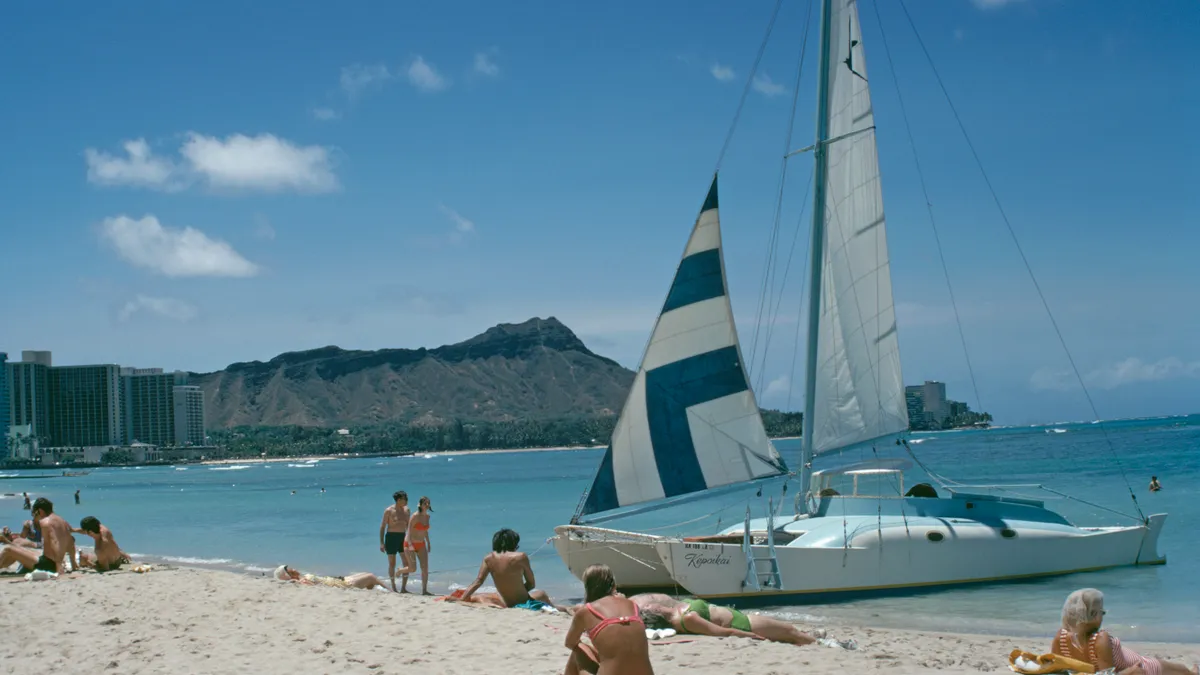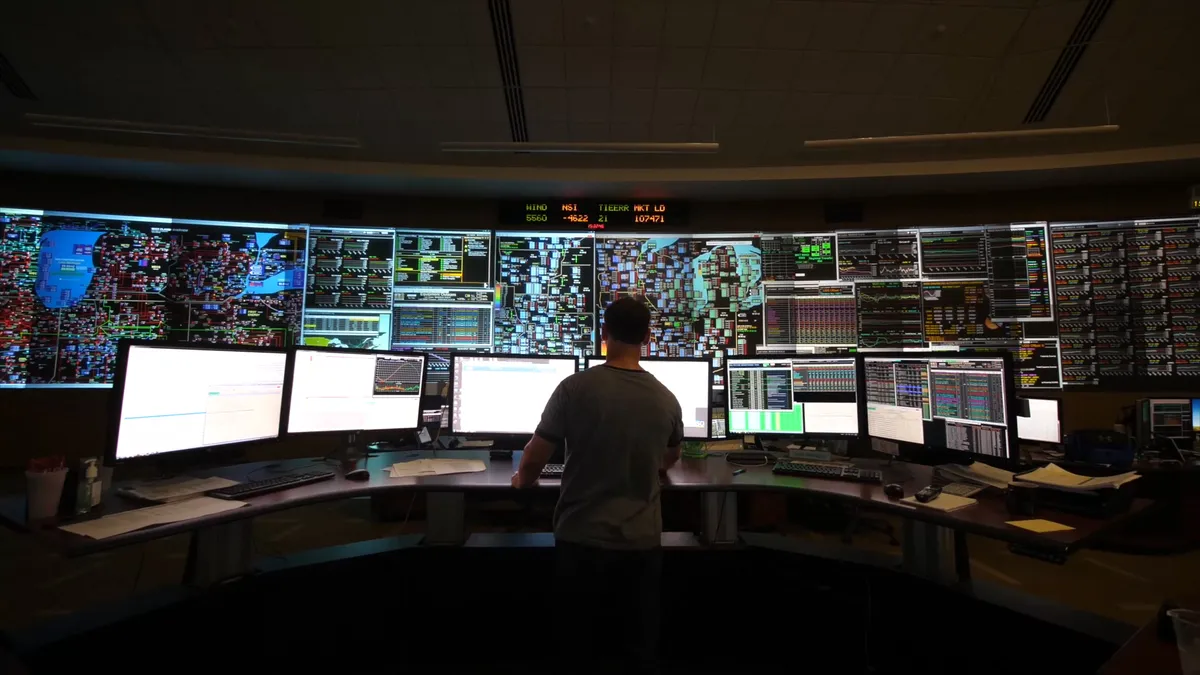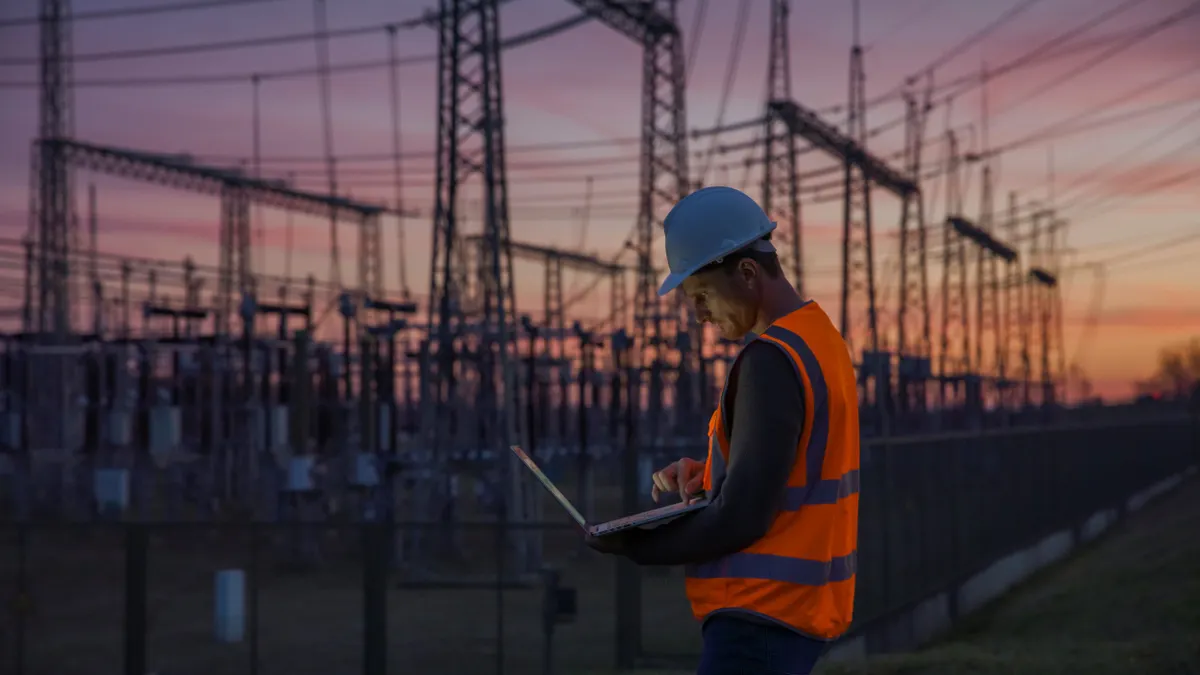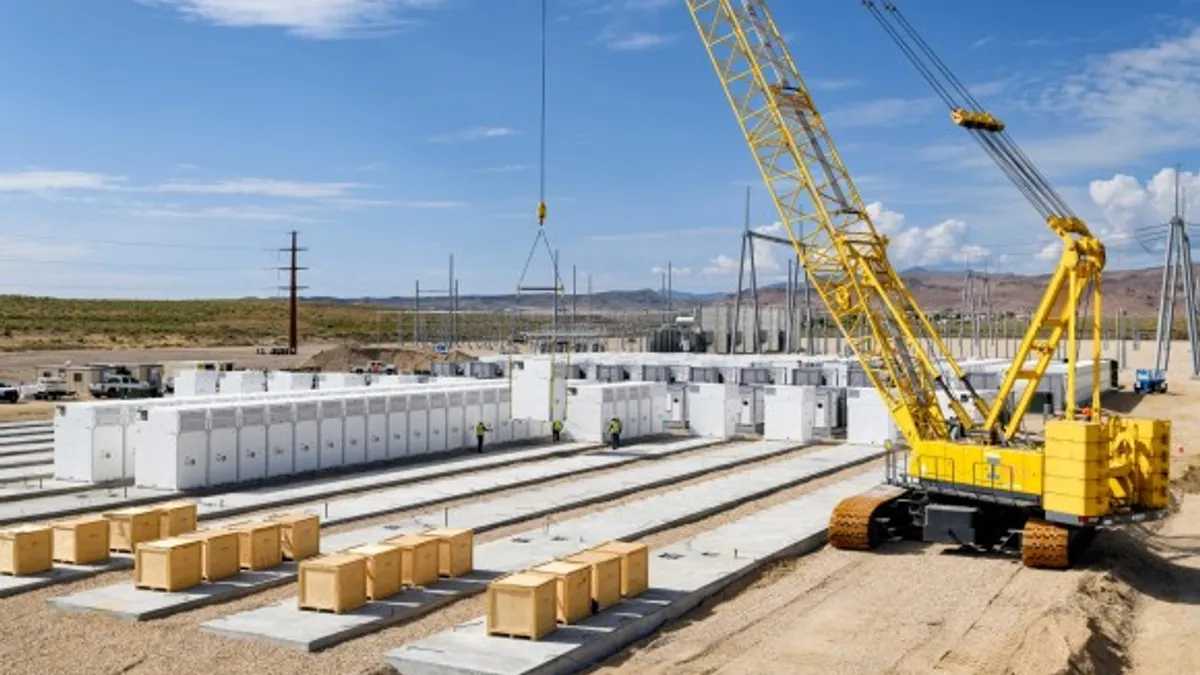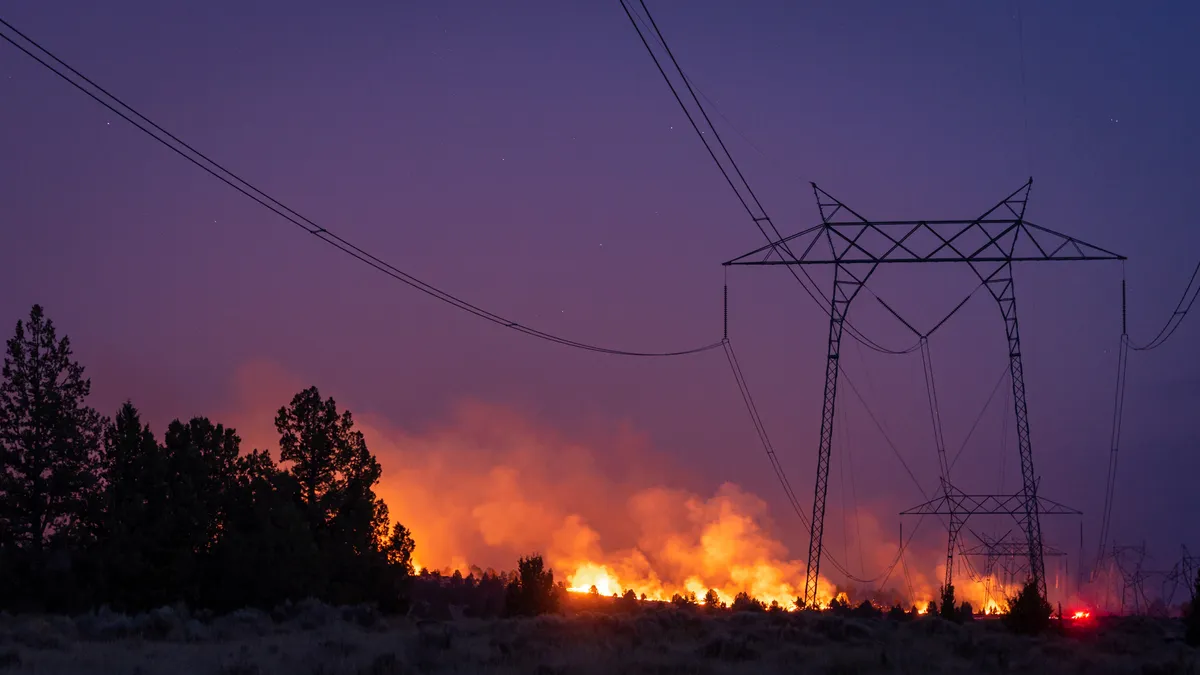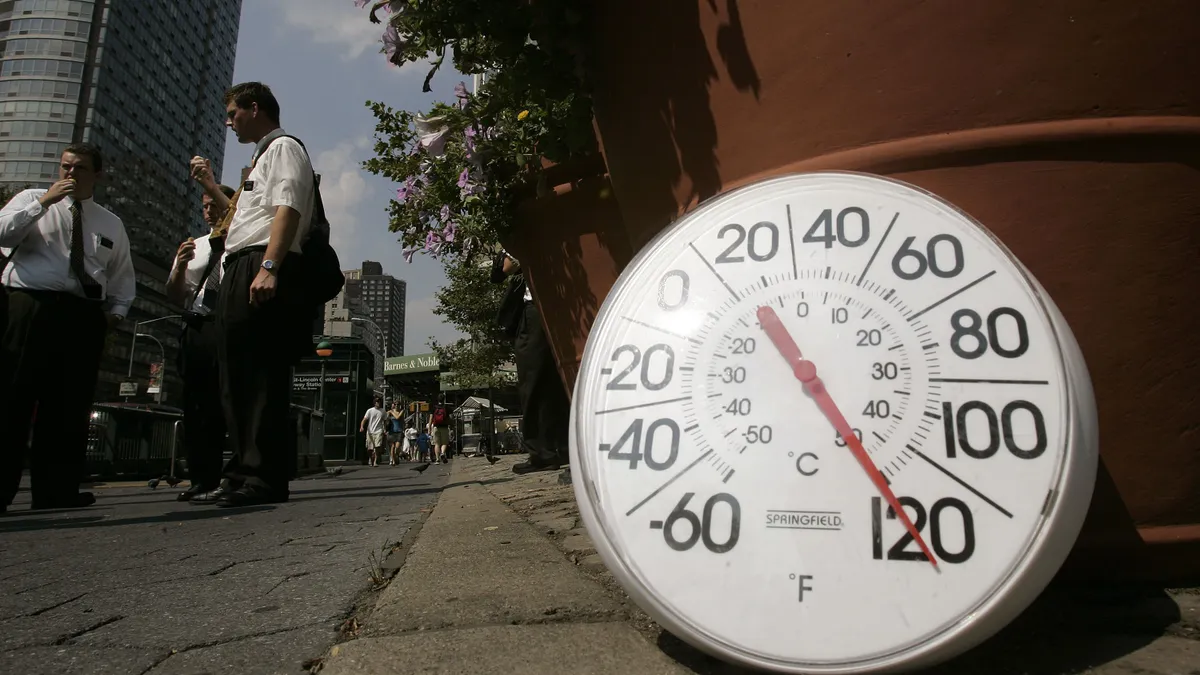As Hawaii prepares to shutter its last operating coal-fired power plant — the 180 MW AES plant on the island of Oahu — state regulators and its utility have assembled a multi-pronged approach to ensuring grid reliability despite delays to several planned solar and storage projects.
The Oahu coal plant is the single largest generator on Oahu, serving roughly 16% of the island’s peak electricity demand. The plant is set to be retired by September, and, originally, was supposed to be replaced by a series of utility-scale renewable energy projects. However, after many of those projects began experiencing delays — leading to concerns among Hawaii regulators about grid reliability — Hawaiian Electric and state officials have turned to a combination of demand response, distributed energy resources, and other measures to keep the lights on after the coal plant goes offline.
Hawaii was the first state in the country to set a deadline for achieving 100% renewable electricity sales, required by 2045, and crossed the 30% renewable electricity sales threshold in 2020. At the same time, it’s also the country’s most petroleum-dependent state – more than four-fifths of its energy consumption is petroleum-based, according to the U.S. Energy Information Administration, with the electric power sector using about a fifth of all the petroleum consumed by the state.
Hawaii has a more challenging task than many other states when it comes to the clean energy transition, according to Scott Glenn, Hawaii’s chief energy officer, who leads the Hawaii State Energy Office.
“We’ve got a harder race to run because we’re taking six standalone grids, in the middle of the ocean, to a 100% renewable energy for electricity — and we’re starting from a high fossil fuel starting point,” Glenn said.
Hawaii’s Stage 1 and Stage 2 projects
The AES coal plant isn’t the only fossil fuel-fired facility that Hawaiian Electric is looking to retire in the coming years. The utility also plans to retire the 38 MW oil-fired Kahului plant on Maui, which constitutes roughly 15% of the island’s firm power generation capacity, by the end of 2024. To replace the power that would be lost from the planned retirements, in early 2018, the utility launched the first stage of a competitive solicitation for new renewable projects on Oahu, Maui and Hawaii Island, which resulted in eight “Stage 1” utility-scale solar and storage projects.
The following year, Hawaiian Electric issued another solicitation, which resulted in 12 “Stage 2” projects: nine utility-scale solar-plus-storage facilities, and three standalone storage systems. Half of the 20 projects are sited on Oahu and 18 of them are being built by private developers.
However, over the last couple of years, regulators have grown increasingly concerned about delays to the projects. In February 2021, the Hawaii Public Utilities Commission opened a docket to oversee Hawaiian Electric’s plans to retire the fossil fuel plants, as well as the utility’s interconnection processes for renewable energy projects. Among other things, that rulemaking has focused on tracking the progress of the solar and storage projects.
The following month, Hawaii Gov. David Ige, D, also created a task force, called the Hawaii Powering Past Coal Task Force, which was in charge of tracking the progress of the renewables projects meant to replace the coal plant. The task force includes representatives from the government, utility, developers and environmental groups, and has been very helpful in terms of getting everybody into a room together, said Jim Kelly, a spokesperson for Hawaiian Electric.
The task force also maintains a master schedule of the renewables projects intended to replace the coal plant. As of June, only one utility-scale project was expected to come online before the plant is retired — the 39 MW Mililani I solar project. The others are anticipated to come into operation between September 2022 and March 2024.
"[W]e always try to operate the system here such that we’re able to not only serve the load, but are in a position where if the largest unit were to trip unexpectedly, that we still have enough capability to continue to supply the load."

Bob Isler
Vice President of Power Supply, Hawaiian Electric
Hawaiian Electric has around 1,800 MW of generating capacity on Oahu, and peak demand on the island can be anywhere between 900 MW and 1,200 MW on a given day, said Bob Isler, the utility’s vice president of power supply.
“With AES being 180 MW, that’s a fairly large portion… but we still have other units that are available, and we always try to operate the system here such that we’re able to not only serve the load, but are in a position where if the largest unit were to trip unexpectedly, that we still have enough capability to continue to supply the load,” Isler said.
Load flexibility and maintenance schedules
However, Isler acknowledged that the Oahu coal plant will retire before some of those projects come online, and the utility has devised a couple of different strategies to cope with that period of time. For instance, while Hawaiian Electric normally has one or two of its fossil fuel units out for regulatory planned maintenance, they’ve adjusted their schedule for this year such that there won’t be any planned outages in September and October, which tend to be the months with the highest electricity demand due in part to high temperatures.
Another strategy that the state is rolling out to shore up the grid is an up to 50 MW scheduled dispatch program – called the “battery bonus program” – that regulators approved last summer. It is open to customers who have distributed energy resources that can be equipped with battery storage. Customers will need to make a ten-year commitment to the program and during its initial phase, scheduled dispatch is required for two hours every day.
“We’re basically asking people to supply their own load, or provide power to the grid, during the peak demand time between 6 p.m. and 8 p.m.,” said Kelly, adding that so far the utility has about 6 MW of capacity signed up.
The utility is also moving forward with a campaign called “Power to Change,” which encourages Hawaii residents and businesses to be more conscious about their energy use.
“We’re really doing a lot of outreach and communication and messaging around not just energy conservation, but really raising some awareness of the need to reduce demand during the peak period,” Kelly said.
With the combination of the adjusted maintenance schedule, demand response and scheduled dispatch efforts, as well as the utility-scale renewable projects that will be online next year, Hawaiian Electric is “confident” that it is prepared for the coal plant to go offline, according to Kelly.
These measures should put the state in a safe spot in terms of grid reliability, agreed Richard Rocheleau, director of the Hawai’i Natural Energy Institute. Reliability risk in the state tends to be highest from August through October, which is when Hawaii experiences its highest temperatures and humidity – and as a result, electricity demand – he noted.
“So it’s a relatively short window we need to get through,” followed by some breathing room until the next period of higher demand, which would be next summer or fall, he said.
“Taking an existing fleet of solar resources out there and then incentivizing the addition of battery storage on that to then shift that energy into an emergency period, I think is pretty advanced."

Rocky Mould
Executive Director, Hawaii Solar Energy Association
As Hawaii navigates its clean energy transition, and plans to retire additional fossil fuel plants, distributed energy resources like rooftop solar will play a key role, experts say. The state has high penetrations of rooftop solar, as well as the highest storage attachment rate in the nation, said Rocky Mould, executive director of the Hawaii Solar Energy Association. And the state’s scheduled dispatch program, for instance, is pretty advanced at its scale, he added.
“Taking an existing fleet of solar resources out there and then incentivizing the addition of battery storage on that to then shift that energy into an emergency period, I think is pretty advanced,” Mould said. “And of course, none of this would be possible if we hadn’t laid the groundwork with advanced inverter features, and made some of those advances.”
But while the state has the technical ability to bolster grid reliability using scheduled dispatch, it does face challenges in implementing the program, including difficulties with permitting and getting assets online quickly, and at a large scale, according to Mould.
Utility-scale projects and supply chain challenges
In the longer term, however, Hawaii will need a diversified power supply portfolio and the utility-scale clean energy resources currently under development will be a big part of that, experts agreed. Gov. Ige recently signed a package of climate change-related bills into law, including House Bill 1800, which sets an interim target for Hawaii to halve its emissions by 2030 compared to 2005 levels.
The delays to the projects stem from different factors, Hawaiian Electric’s Kelly said – some developers have attributed delays to the Department of Commerce’s anti-dumping circumvention investigation of solar cells from four Southeast Asian countries, while others have pointed to difficulties in getting materials – especially batteries – and backlogged orders. Others say that prices of components like panels, batteries and inverters have gone up significantly in the wake of COVID-19 related delays, Kelly said.
One of these affected facilities is the Kapolei Energy Storage project, which, according to its developer Plus Power, was intentionally sited near the Oahu coal plant to serve as a one-for-one replacement of the plant’s capacity. The Kapolei project will play a key role in absorbing excess renewable energy and shifting it to periods when power is needed the most, Scott Schalich, director of development at Plus Power, said in an email. The project is now anticipated to come online in the spring of 2023, after experiencing COVID-related supply delays.
Experts are unsure how long the supply chain constraints that currently challenge the energy industry across the U.S. will last – some say that renewable energy equipment could be more expensive than usual for the next couple of years, while battery storage demand is likely to be higher than supply into 2023.
Glenn, however, is not worried that similar challenges will plague future plans to retire fossil fuel plants in Hawaii. The coal plant, he said, is a unique situation – the state had been planning to retire it for six years, but it just so happened that when the time came to build the projects to replace it, the industry faced a global pandemic and then a global supply shortage.
“I don’t think it’s necessarily something that’s going to be the case for every fossil fuel retirement – there are just so many factors particular to this situation,” he said.
“Our experience tells us that renewables can be successfully integrated into the grid without sacrificing reliability."

Beth Tokioka
Spokesperson, Kauai Island Utility Cooperative
Assuming that Hawaii can get through the global supply chain issues, the biggest challenge it will face in building out the scale of renewables it will need is finding appropriate sites for projects, said Rocheleau – sites with reasonably cost-effective interconnection as well as local community acceptance.
“I think those are ultimately going to be the two significant issues – if we can find land where the interconnection issues are such that it doesn’t increase cost or difficulty of the project, and also ensuring that the communities are engaged and accept these projects,” he said.
One power provider in Hawaii that has successfully built out a renewable-heavy portfolio is the Kauai Island Utility Cooperative, which went from having 10% renewables on its system in 2008 to 70% a decade later. The cooperative achieved this by taking advantage of the relatively uncomplicated process of siting solar projects on privately-owned, fallow, non-prime agricultural lands, spokesperson Beth Tokioka said in an email. However, achieving the next 30% of renewable energy share will be much more complex and difficult, she said, adding that it’s important for the cooperative to diversify its portfolio beyond solar.
“Our experience tells us that renewables can be successfully integrated into the grid without sacrificing reliability,” and in 2021, the cooperative reported some of its best ever reliability statistics, Tokioka said.
Lessons for other states
Hawaii’s experience moving away from coal offers many lessons to other states and jurisdictions that are looking to transition to clean energy, experts said. The first, according to Rocheleau, is to be a bit more conservative about the timeline for the retirement of power plant units.
“Even as we grow renewables substantially… we are going to need a fairly significant amount of, I’ll call it, dispatchable capacity,” he said. “There may not need to be a large energy component from it, but there are going to be short windows of time – maybe hours, maybe days – where that dispatchable energy is going to be needed. So [we] just need to plan the retirements appropriately.”
At the same time, the speed with which Hawaii has adapted its plans – including by rolling out the battery bonus program – in the face of delays to the projects could also offer lessons learned.
“It’s just an indication that all available resources need to be looked at – there is just no simple straight line solution of one technology doing everything,” Rocheleau said.
Another recommendation for other states and utilities is to work proactively with permitting agencies, said Glenn. Prior to the COVID-19 pandemic, Hawaii’s approach was to allow its biggest utility to take the lead on that process, he said. But that perspective has since changed.
“I think now, with the task force, what we’ve learned is it really takes a very high level of coordination to have these things done in a timely way, and to have a shared understanding of what the challenge is, what the need is, and what needs to be done,” Glenn said.



